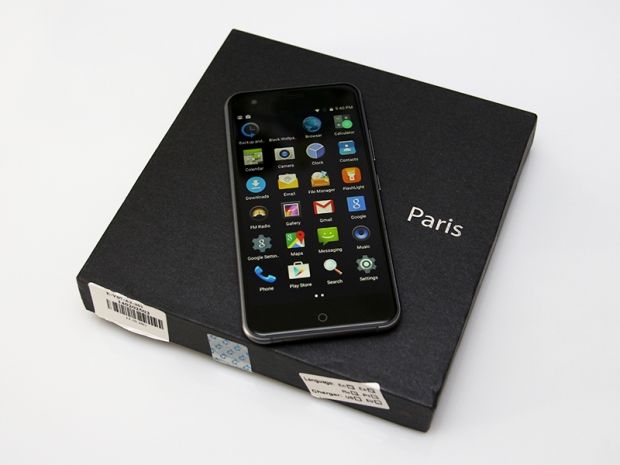The new Ulefone Paris is one such device, packing a MediaTek octa-core processor, 2GB of RAM, 16GB of storage and a 5-inch 720p panel. All this bits and pieces are tucked away under a pane of curved Gorilla Glass and the phone boasts a slim aluminium chassis.

Although Ulefone is not exactly a household name, it is one of many emerging export brands coming out of mainland China. The company has a rather extensive line-up, with a couple of dozen budget phones and phablets, including devices with oversized batteries, fingerprint sensors and other goodies. The company is touting its new 5-inch Paris model as an “extremely balanced” 5-inch device and it’s easy to see why. It’s inexpensive, yet it has a decent spec, it looks like an iPhone, yet there are a few design elements that set it apart, and the phone has very comfortable, curved design.
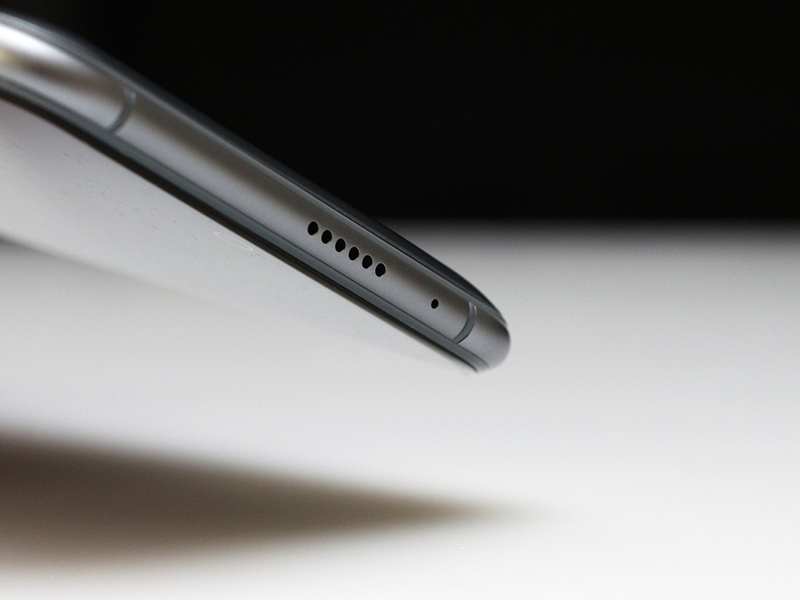
So far so good, and it gets even better when you check out the price: a mere $119 with free shipping. Considering the spec, this is very competitive. In fact, many competitors sell 5-inch devices with the exact same SoC and a 1080p panel for $50 more.
What’s the catch? Let’s find out.
Design and Build Quality
Yes, this is yet another budget smartphone "inspired" by the iPhone. This is a double-edged sword, because some people simply don’t want a device that may resemble a knock-off, but on the other hand it also means the phone looks rather good.
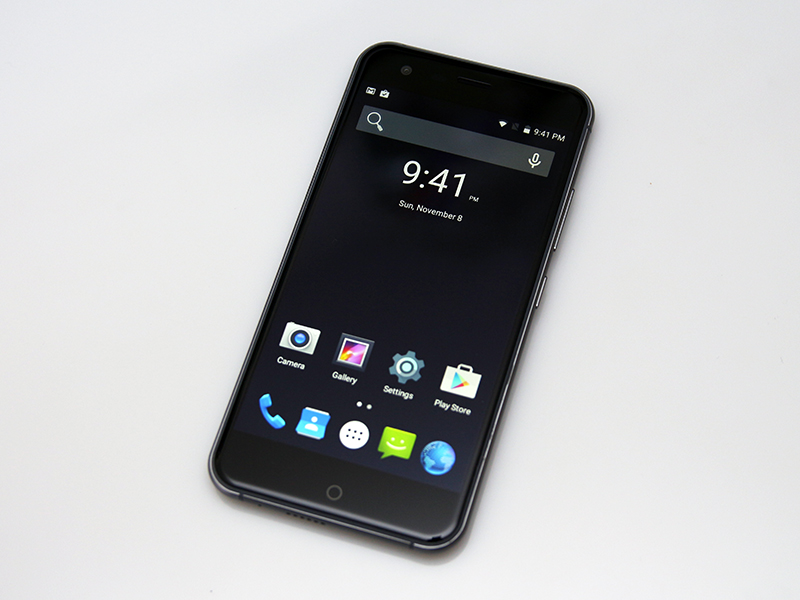
However, unlike the iPhone, the Ulefone Paris has a removable back cover. The camera layout is much different, and there are no hardware buttons on the front, just three capacitive buttons resembling ZTE phones.
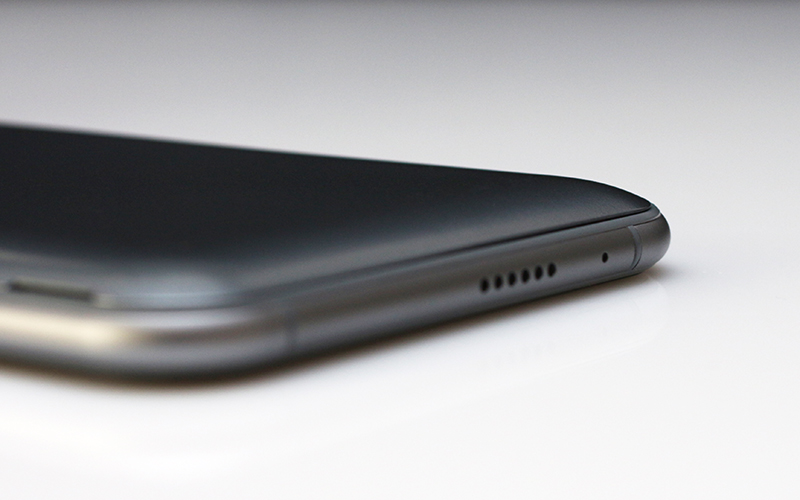
The curved glass, thin aluminium frame and gently sloping back cover create the illusion of a much thinner device. The phone measures 144 x 71.7 x 8mm, so it’s about a millimetre thicker than the iPhone, and it has a somewhat bigger footprint. However, thanks to the curved design, it looks at feels quite a bit thinner.
Although it’s unoriginal, we found the design quite attractive. It looks like a much more expensive device, but does it feel like one?
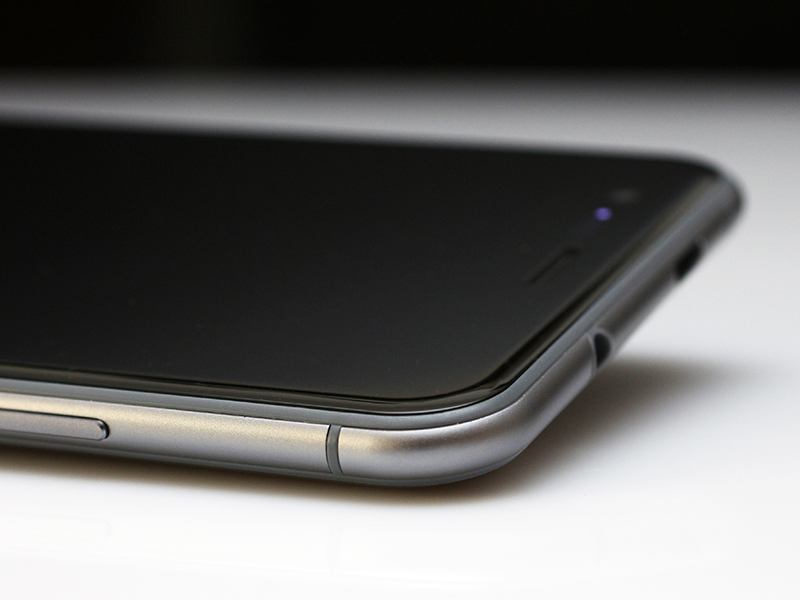
We are happy to report that it does. The curved glass gives it a bit of flair, while the slim aluminium frame has a premium feel to it.

The side-firing speaker and microphone are located at the bottom.

Audio and DC in on top.

Nothing on the left, volume rocker and power button on the right.

The finish on the aluminium frame is good. When it comes to inexpensive metal phones, the buttons are usually a dead giveaway, but that’s not the case with the Paris. The volume rocker and power buttons look and feel great, and they are accurately machined. Better yet, the tactile experience is good and consistent.

So what about the plastic back cover? The good news is that it’s a very tight fit, so you’ll easily mistake the phone for a device with a non-removable cover.

It doesn’t flex or creak under pressure, but since it's such a tight fit, it's not as easy to remove as on most phones. No big deal unless you plan to swap out SIM cards on a daily basis.

Unfortunately, the finish is susceptible to fingerprints. It’s not matte or glossy, but it’s relatively smooth and picks up quite a bit of grease.
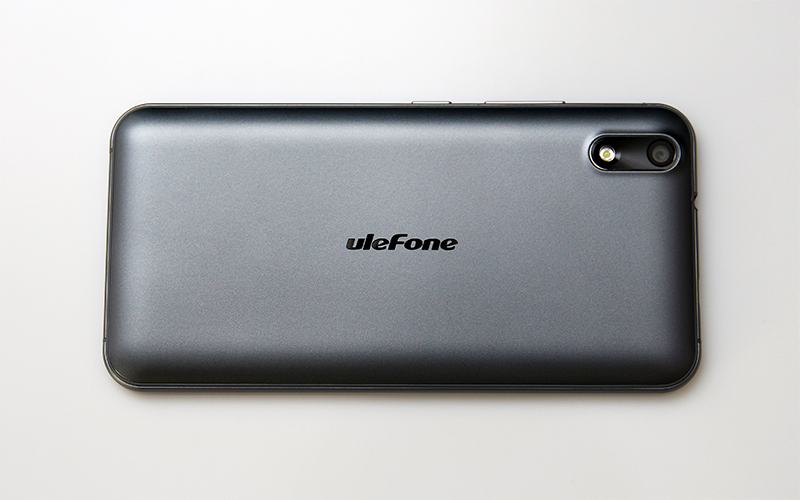
The camera and LED housing protrudes from the back by less than a millimetre, and it has a circular, brushed finish. We got a fair amount of dirt and lint on the lens during our review, but it’s not a big issue.
Overall, the Ulefone Paris does not look or feel like a $120 device. It leaves the impression of a much more expensive device, both in terms of appearance and tactile experience.
Specs and Performance
The Ulefone Paris is an entry-level to mainstream device, but it still manages to deliver good performance thanks to its spec. The MediaTek MT6753 octa-core is employed in quite a few devices, and most of them cost more than the new Ulefone.
Let’s check out the full spec before we proceed.
- SoC: MediaTek MT6753, 28nm
- CPU: Eight Cortex-A53 cores at up to 1.3GHz
- GPU: Mali T720 MP3 GPU up to 700MHz
- RAM: 2GB LPDDR3 1866MHz
- Storage: 16GB, expandable via microSDXC slot
- Display: 5-inch 720p IPS panel, Gorilla Glass 3
- OS: Android 5.1
- Rear camera: 13-megapixel OmniVision OV13850 sensor, f/1.8 aperture
- Front facing camera: 5-megapixel OmniVision OV5648 sensor
- Battery: 2250mAh Sony lithium poly, removable
- Dimensions: 144 x 72.1 x 8 mm
- Weight: 125g
- WiFi and Bluetooth: 802.11b/g/n WiFi and Bluetooth 4.0
- Sensors: ambient light, accelerometer, proximity, hall, GPS, A-GPS, GLONASS
- SIM card: dual SIM (micro SIM), dual standby, dual 4G
- Network support:
2G: GSM 900/1800/1900MHz
3G: WCDMA 850/900/1900/2100MHz
4G: FDD-LTE: 800/1800/2100/2600MHz (Make sure to check regional compatibility prior to making a purchase)
In case you need more details, you can check out the official spec at ulefone.com.
The MT6753 octa-core has been around for a while, and although it’s an underclocked version of the MT6752, with a weaker GPU and improved LTE support, it’s still a good mainstream chip, roughly on a par with Qualcomm’s Snapdragon 615.
The camera has a fast f/1.8 aperture, which is quite surprising in this price segment. The 13-megapixel OmniVision OV13850 sensor tends to be a good performer, although it’s trumped by the latest 13-megapixel sensors from Sony and Samsung.
A 2250mAh battery may not sound like much, but considering the 1.3GHz processor and 5-inch 720p display, it’s sufficient for this type of device. It’s also worth noting that the phone does not support TDD LTE, but it supports widely used FDD bands (most of Europe should be ok).
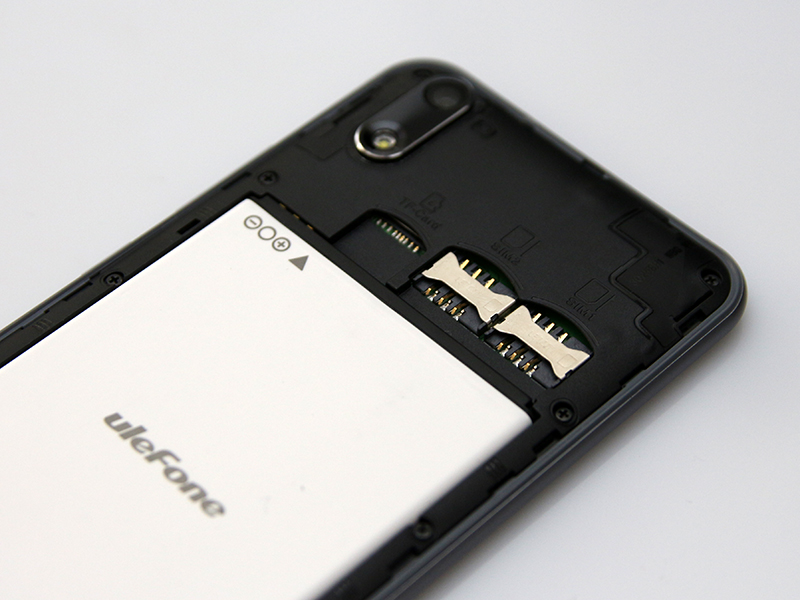
Another interesting factoid: both SIM slots support 4G, which is usually not the case on such cheap devices. This is good news for frequent travellers who need an inexpensive secondary device that can tether broadband from multiple SIM cards.
Thanks to the snappy processor and 2GB of RAM, performance is not an issue.
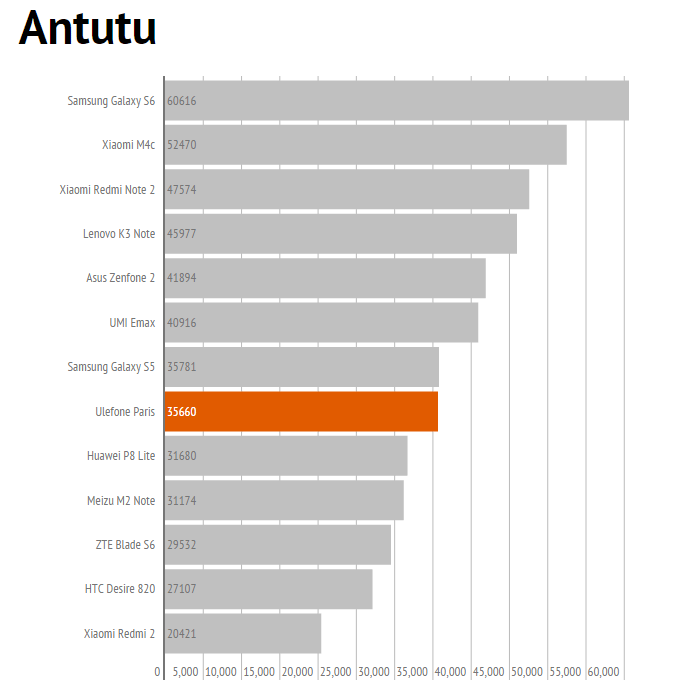
We ended up with 35660 points in Antutu, which is good for this particular processor.
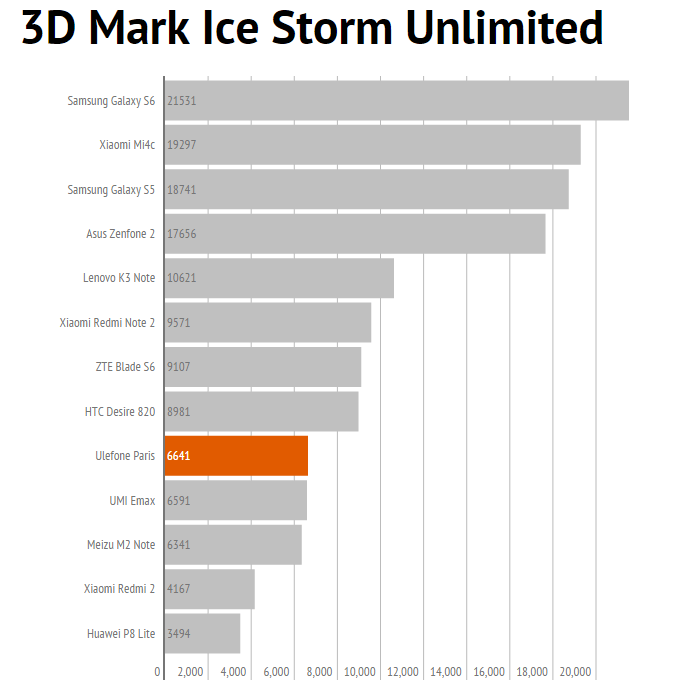
In 3DMark Ice Storm the phone scored 6641.
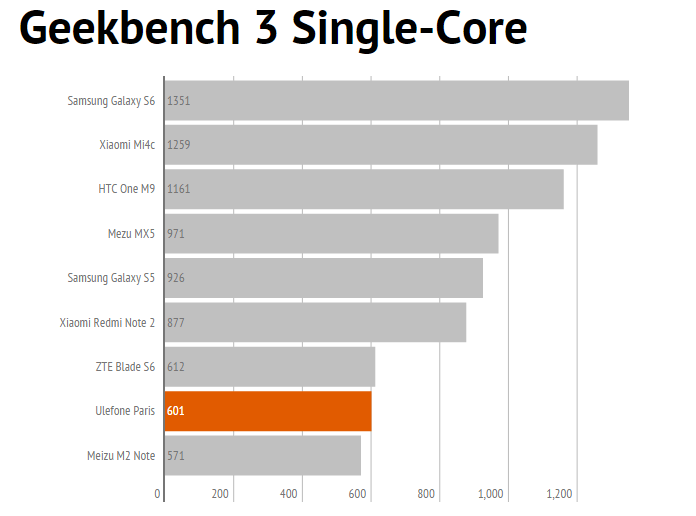
In GeekBench, the MT6753 lags behind the MT6752 and Snapdragon 615, with single-core score of 601 and a multi-core score of 2842.
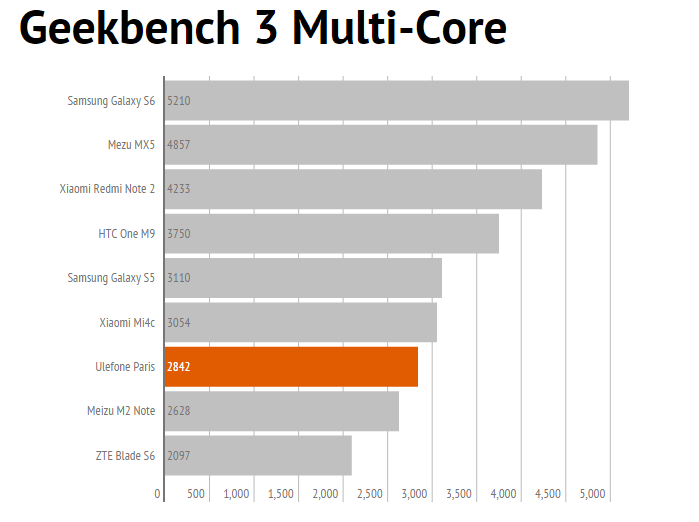
Our best Basemark OS score was 782.
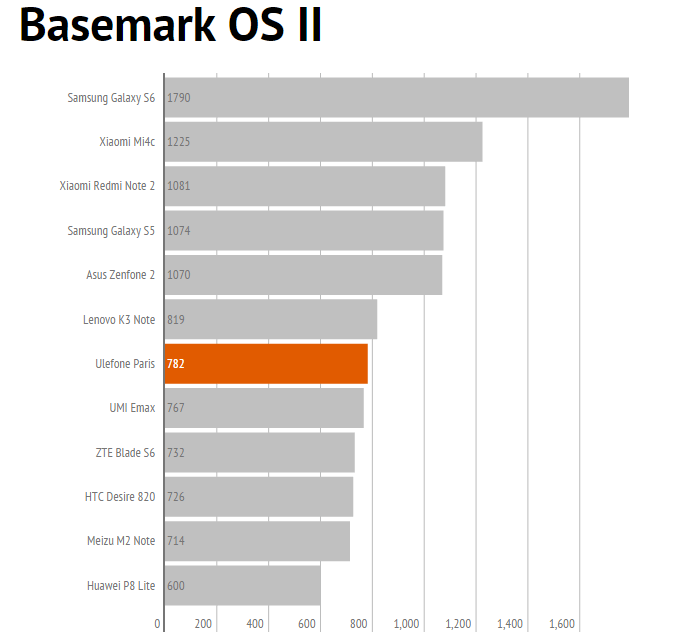
While it might not be as fast as the MT6752 or Helio X10, the MT6753 is still a good performer. On top of that, it’s quite efficient and thanks to its lower clocks, it doesn’t not throttle much.
To sum up, this is mid-range performance in what can only be described as an entry-level phone. In other words, you’d be hard pressed to find a faster phone for this sort of money (we really couldn’t think of any, and the Paris outpaces the Meizu M2 Note, which is based on the same chip).
Audio, Display and Camera Quality
So, had Ulefone decided to include a 1080p display in the Paris, it could have easily priced it as a mid-range phone. Does that mean the 720p display is not good? Not at all. In fact, it’s quite good and MediaTek’s MiraVision software allows you to tweak a lot of settings manually.
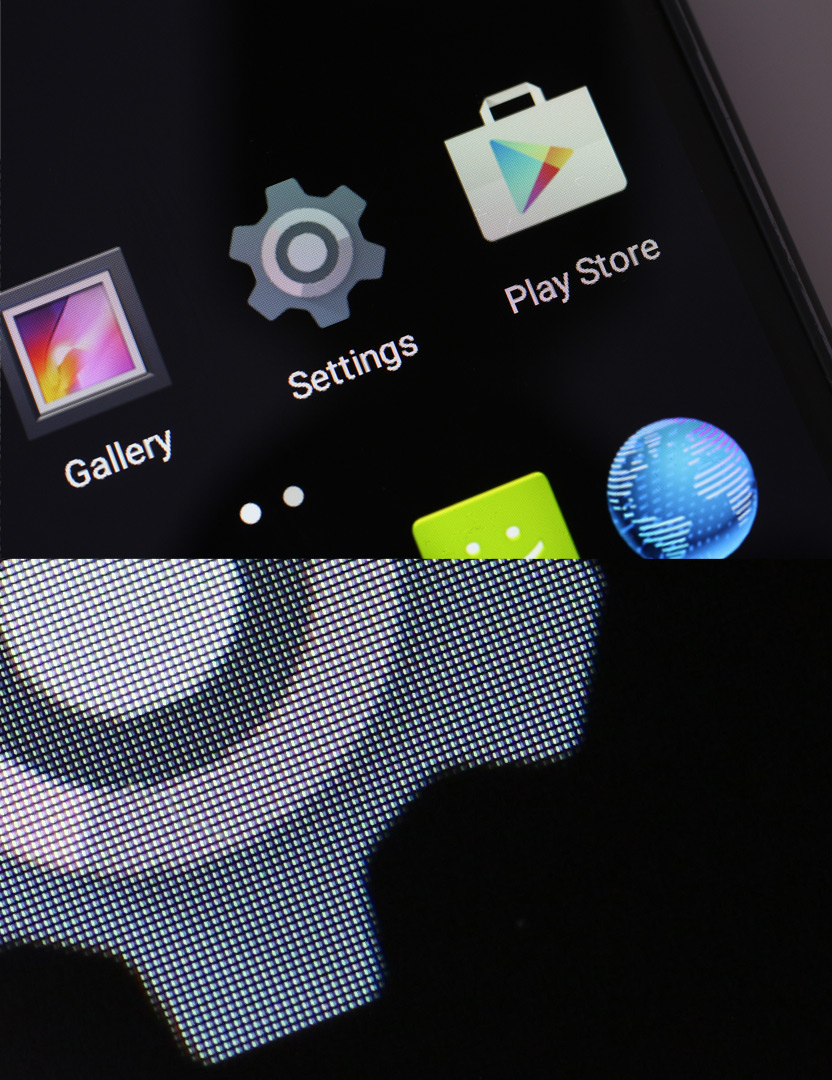
Viewing angles are good, the colours are vibrant, maybe even a tad oversaturated, and the fact that you can use MiraVision to tune the display just right is good news for advanced users.
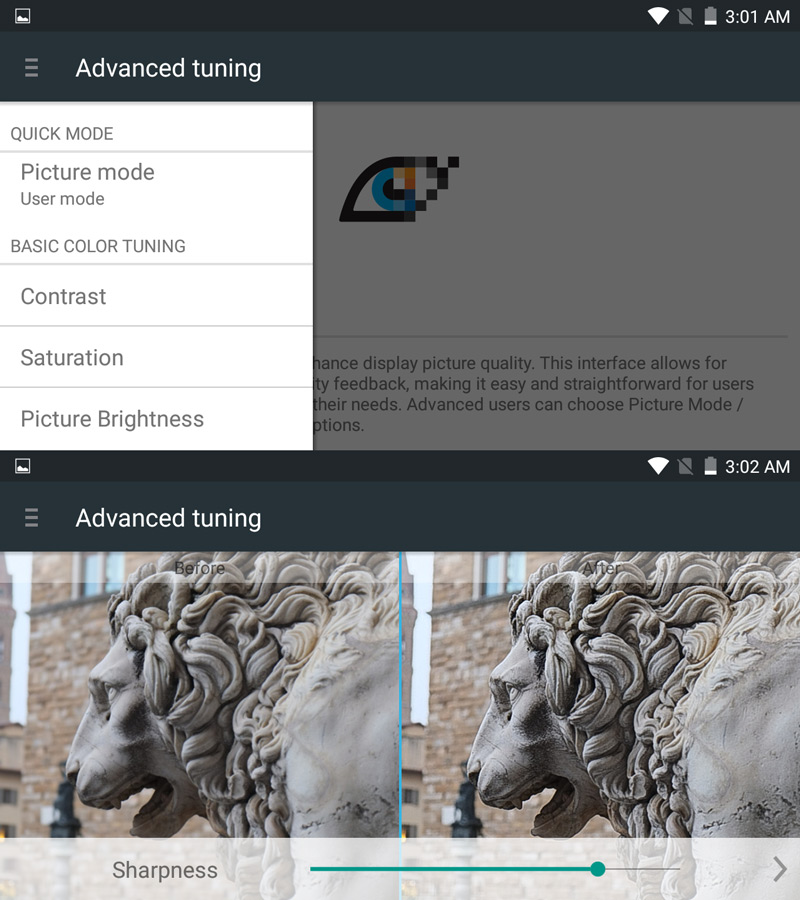
Does a 720p display make sense in an era of 1080p panels? Well, on 5-inch devices it still does, because the pixel density is relatively high, so in most cases user experience is not degraded. Of course, a 1080p panel would have been even better, but then this wouldn’t be a $120 phone, would it?

Audio quality is average. There is no noise-cancelling microphone, which is to be expected on such an inexpensive device (and it’s missing from some much pricier phones). The earpiece is loud and clear, while the side firing speaker distorts bass when it’s maxed out. The speaker is still sufficient for the occasional video or hands-free call.

The camera is a mixed bag, to say the least. With a decent sensor behind an f/1.8 lens, we expected good performance. We got it, sort of. The Ulefone Paris can snap some good photos, but the camera app leaves much to be desired. It does that camera software and firmware are not well optimised, causing slowdowns and lag. The phone starts to heat up after a few minutes in the camera app, especially when you start playing around with custom filters and other features.
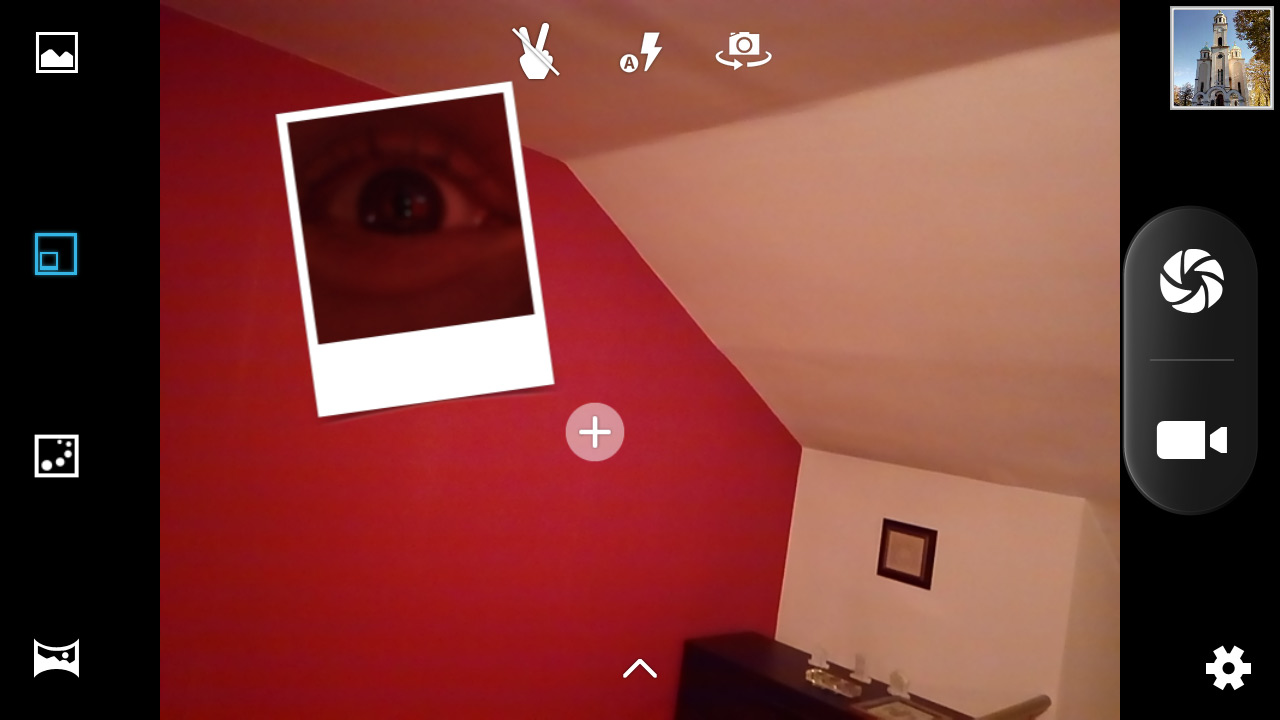
The sluggish UI was a disappointment and we expected subpar images as well. However, when we reviewed the photos, we were in for a nice surprise.

Daytime indoor shots were nothing short of excellent, as our 100% crop proves. Almost everything was spot on: exposure, colours, focus.

Night images taken under incandescent lighting weren’t as good, as they were relatively soft and oversaturated. However, they're not bad for such a cheap device.
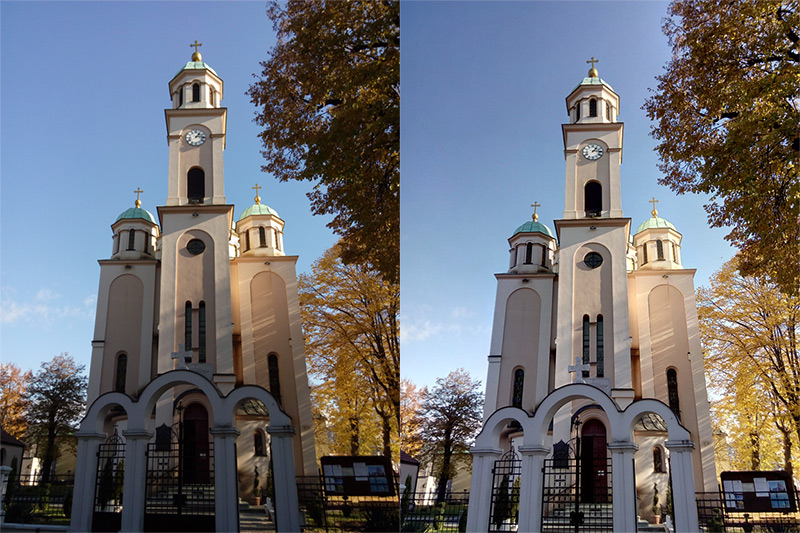
Outdoor shots were adequate as well. We also tried HDR in a couple of scenes and the results were mixed.

Sometimes it worked quite well, but on some occasions it would generate artificial outlines in high contrast areas (sky in park images). As this crop proves, a lot of detail was preserved in HDR shots.
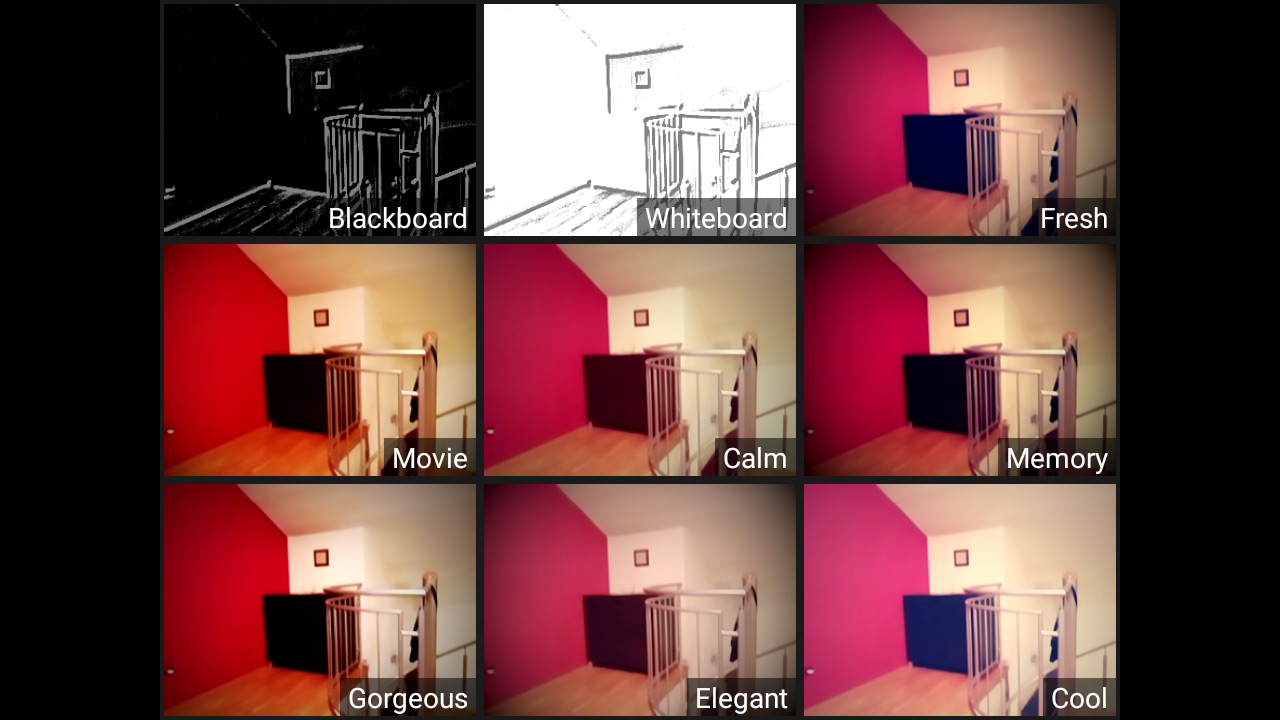
The troublesome camera app offers a lot of options, including 15 filters, picture-in-picture mode, gesture support and other useful and not so useful features. If it didn’t suffer from performance issues and slow viewfinder response, it would have been an average camera app. The default settings produced oversaturated images, especially in low light, but this can be tweaked in the app.
We also tried installing Google Camera, hoping to address some of these issues. The viewfinder was somewhat smoother, but still not smooth enough. This leads us to conclude that the camera firmware is not optimised.
It’s a pity, because the camera hardware is obviously capable of delivering good results. It’s always frustrating to see unused potential.
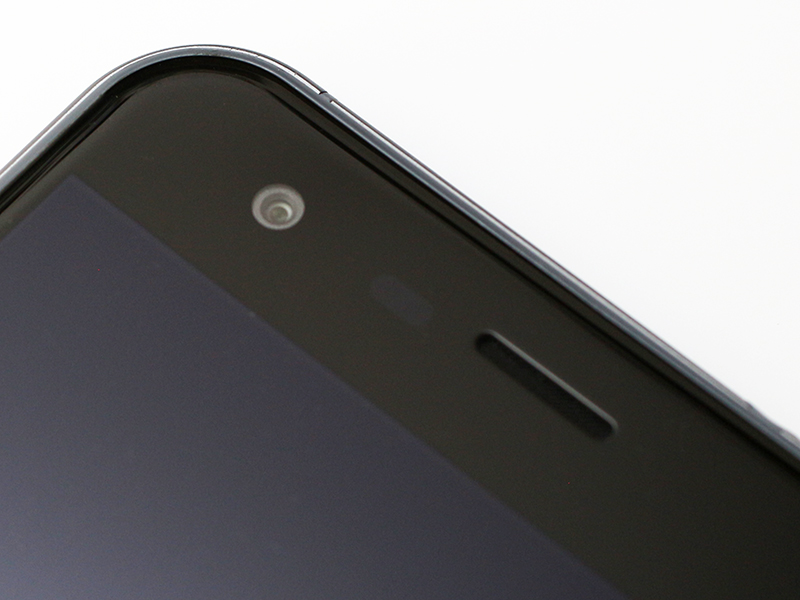
The front camera is a 5-megapixel unit based on an OmniVision sensor, but for some reason Ulefone decided to interpolate it to 8 megapixels. It delivers average results, but it gets the job done, unless you’re a selfie fanatic.
OS, UI and Everyday Use
The Ulefone Paris ships with Android 5.1 and the phone gives users a chance to choose between its custom launcher and a near-stock Android experience. We tried both. The custom launcher has a few things going for it. It’s fast and it retains a lot of stock Android elements, including settings, menus, dialer, contacts, app switcher and so on. It also supports multiple themes, and there are a few dozen to choose from: flat, round, skeuomorphic and so on.
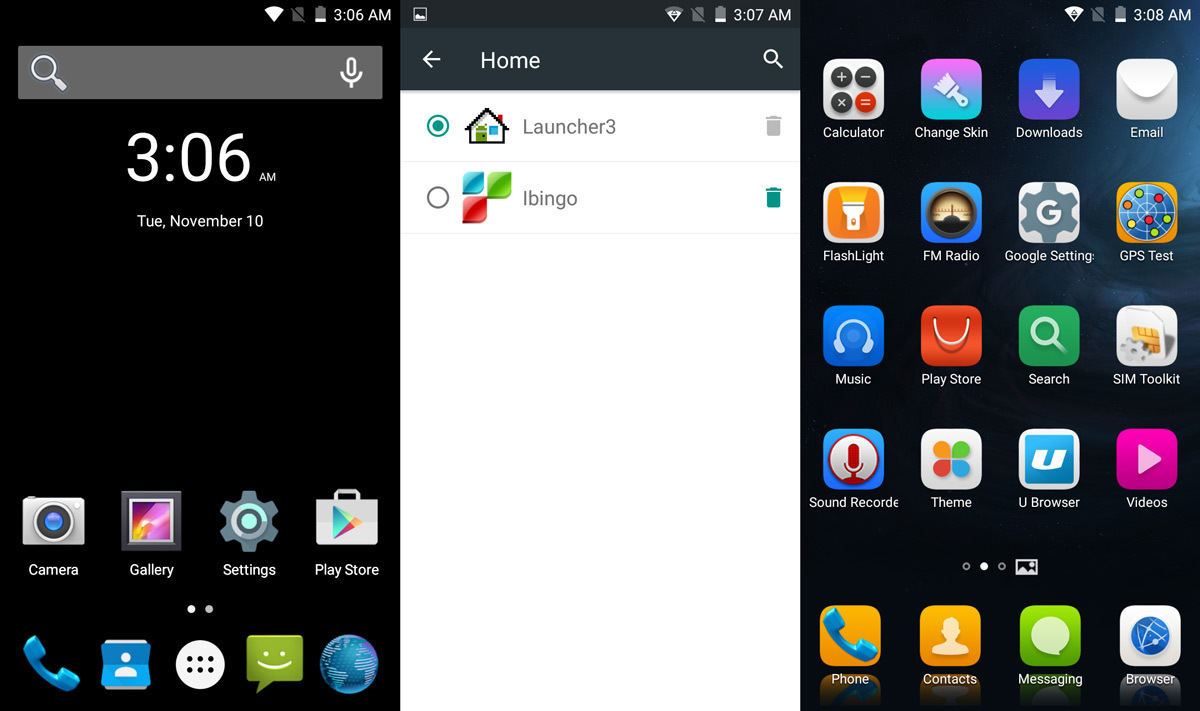
Users can also choose the transitions, effects, and quickly cycle installed skins with a single tap on the theme shortcut. The UI also features a neat looking camera widget which lists your latest photos chronologically and allows you to snap a quick photo straight from the widget.
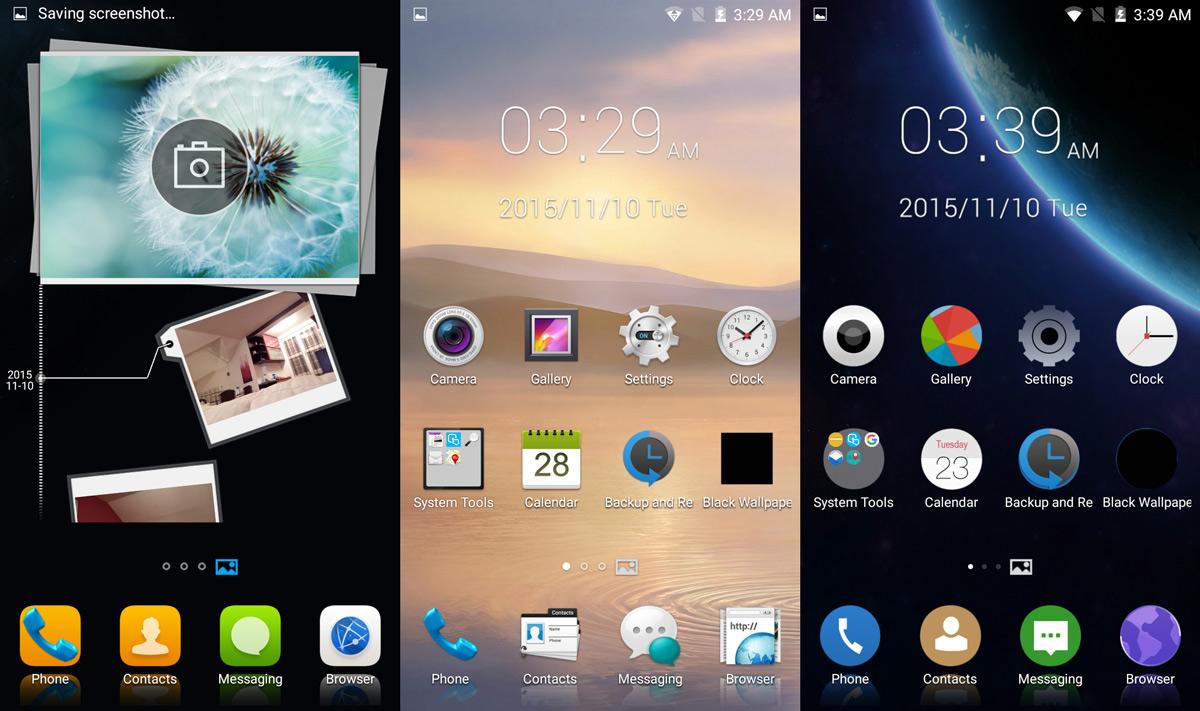
The custom launcher is a decent effort (we’ve seen worse), but we think most users will opt for the stock Android look instead.

The phone also supports a range of gestures, ranging from practical to gimmicky. You can swipe with three fingers to take a screenshot, you can flip to mute, automatically answer calls by bringing the phone up to your ear and so on. Unfortunately there is no “double tap to wake” functionality. It’s very close to the stock Android experience and nothing important is missing. Sure, we’d like to see a few more shortcuts, but nothing big.
Battery life is average. With a 2250mAh cell, you really can’t expect miracles, even if it is a Sony battery. Luckily, the underclocked processor and 720p screen help keep power consumption low, so you should be able to get up to a day of moderate to heavy use out of it. This is not bad because we’ve seen similar results from much bulkier phablets, with bigger batteries.
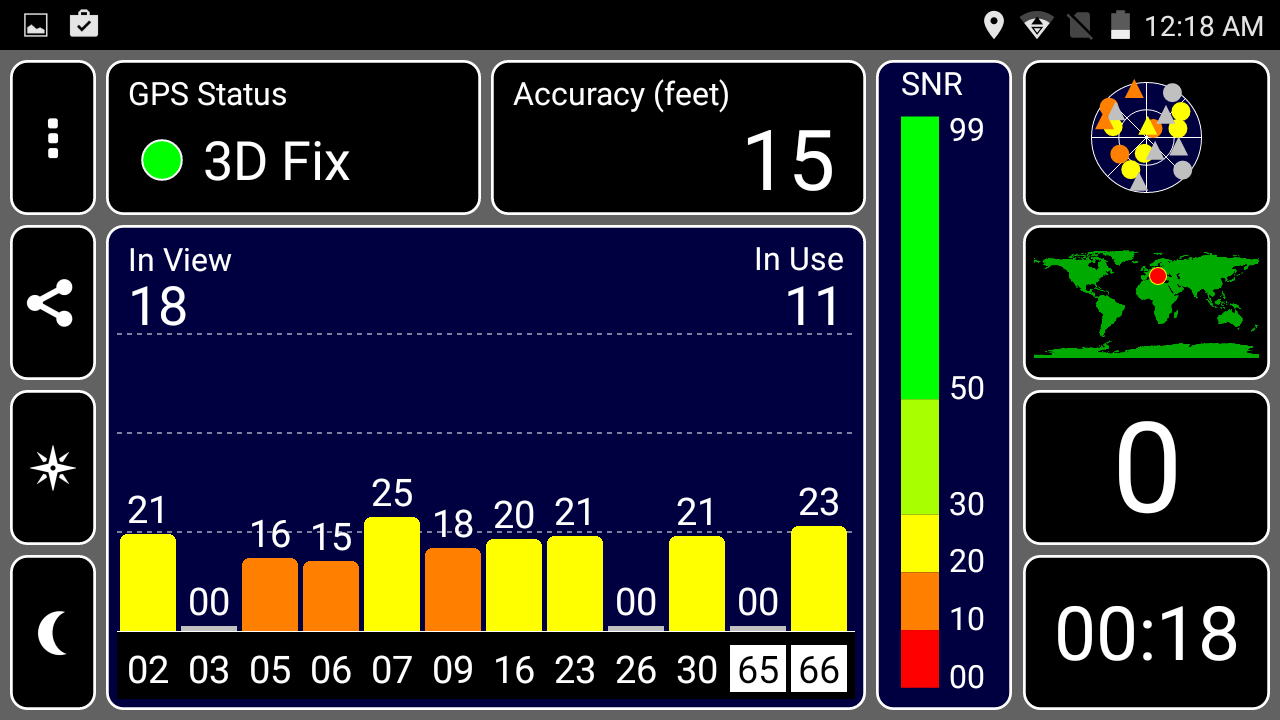
GPS performance was quite good. The phone got a lock in about ten seconds and it was accurate to within a few meters.
But how does it feel as an everyday device? For starters, it’s a very comfortable phone, due to its low weight and curved profile. It feels smaller than it actually is. While the back collects a lot of fingerprints, it also offers a fair amount of grip.
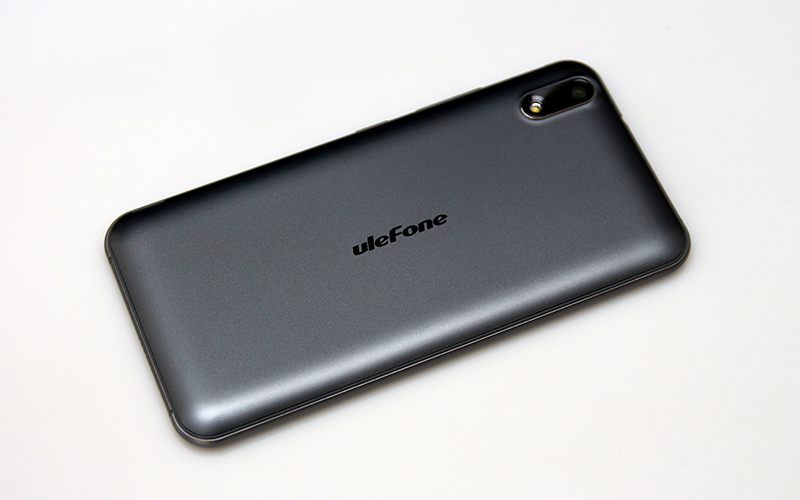
The hardware buttons feel great and we’ve seen worse on $300 devices. The capacitive buttons could have benefited from more powerful backlighting.
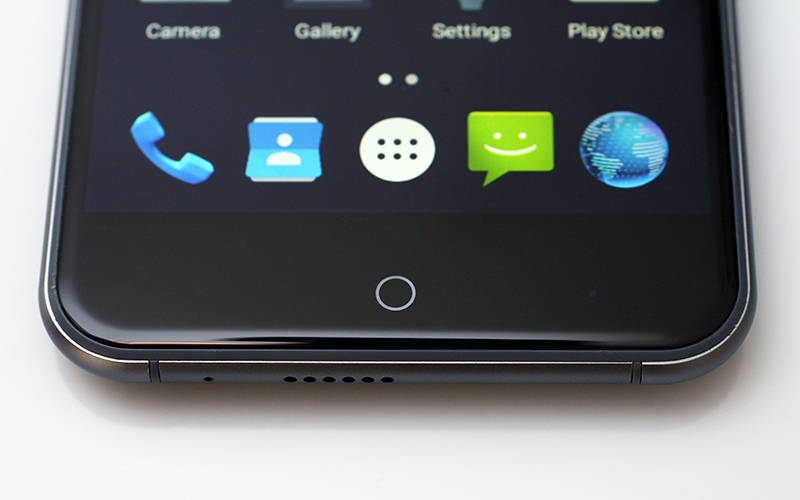
The round Home button is ok, but the Back and Menu buttons are barely visible.

The phone is also available with a flip cover, with a hard case at the back. It’s ok, but it also means you’ll miss out on the comfortable curved profile that gives off a premium vibe.

The box includes a travel charger, flat USB cable, and a wired headset.
Conclusion
We would refrain from using the “extreme balance” mantra conjured up by Ulefone’s marketing department, but after playing around with their latest mainstream phone, must admit the marketing is spot on. This truly is a well-balanced device built to a tight budget. Just consider what the average European consumer can buy for €100 off-contract, or via carriers?
The Ulefone Paris boasts a mainstream processor at low-end pricing, an aluminium and curved glass design in a market segment dominated by plastic phones, and it has good camera hardware, which is let down by quirky firmware and/or software. Other than the camera glitch, there’s really not a lot to complain about.
Sure, battery life could have been somewhat better, but this is not a device for enthusiasts or heavy users. 2GB of RAM and 16GB of storage, backed by a microSD slot, are more than enough for this market segment. We also appreciate the inclusion of a standard Google launcher along with the company’s custom skin.
The availability of a stock launcher and 4G support on both SIM slots make the Ulefone an interesting choice for a secondary device, something to keep roaming costs down and enable 4G tethering. As a primary device, it’s geared toward mainstream users who don’t need bleeding edge hardware and huge batteries.
Does it get our thumbs up? Well, until we come across something better for $119, it cetainly does.
Ulefone Paris Pros and Cons
Pros:
- Value for money
- Performance
- Above average build quality
- Good camera hardware
Cons:
- Quirky camera software/firmware
- Battery life could have been better
- Unoriginal design


